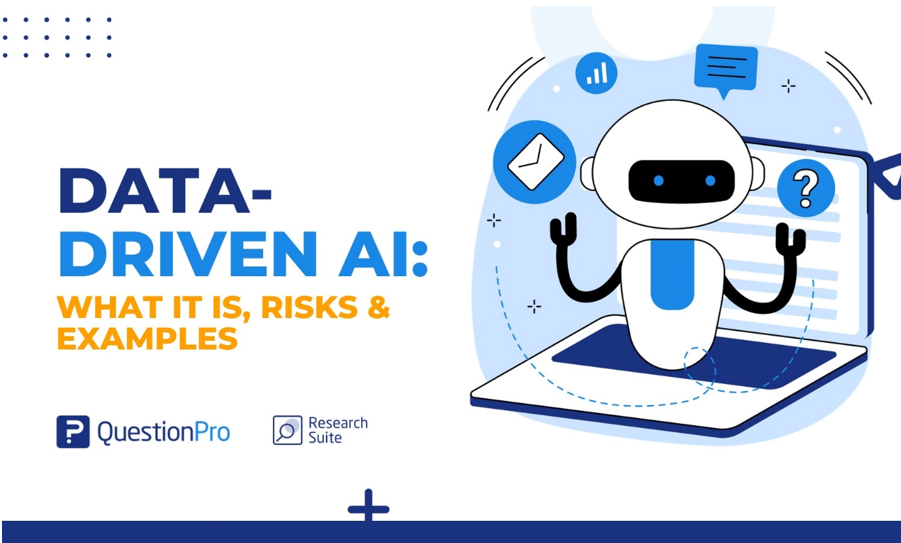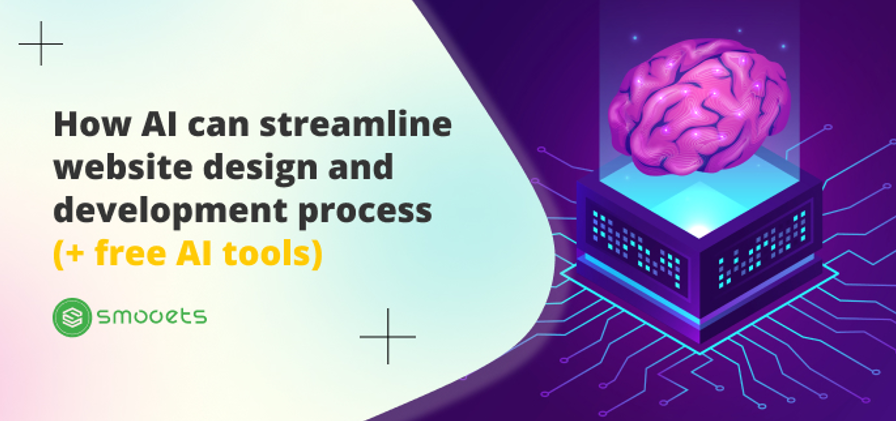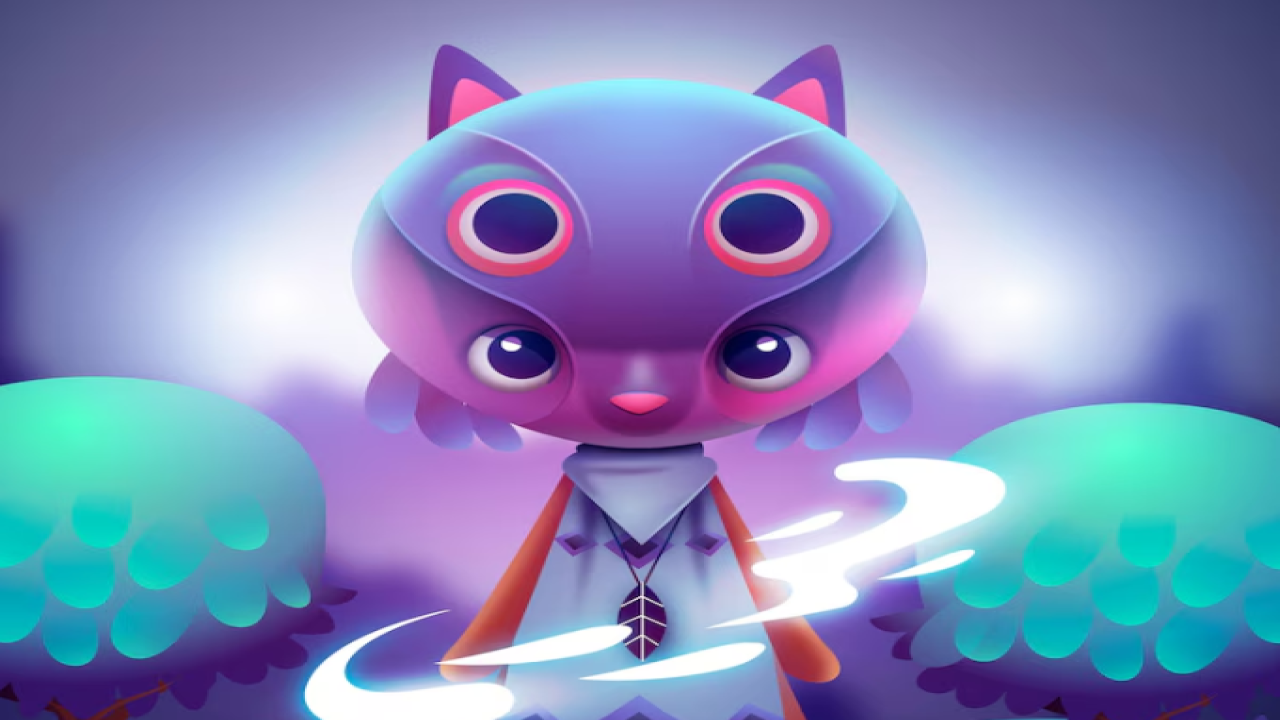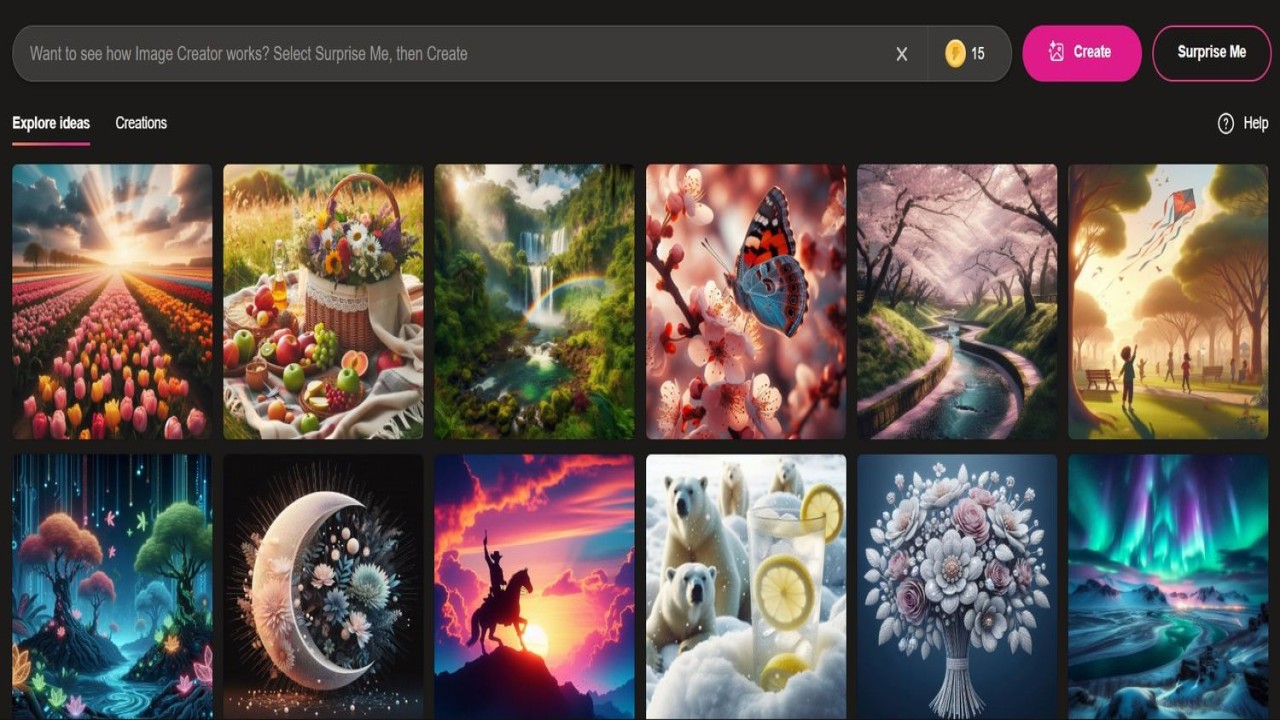Can AI Replace Web Designers?
In today’s rapidly evolving digital landscape, one question that seems to crop up constantly is Can AI replace web designers? AI technology has been powering user research and coded design as well as even web design in this way.
The AI world has been playing a pivotal role in the digital design industry these days, for sure it will proceed to modify the web designing environment, however, the authentic creative skills of human designers will still remain important in the market.
The amalgamation of AI in web development is not aimed at taking away the developers' jobs but at enriching their skills and improving the processes.
Understanding the Role of a Web Designer
Web design isn't only about making a website aesthetically pleasing. It is about user experience (UX) design, interface design, responsive layouts, branding, visual hierarchy, and general site usability.

A web designer is not only concerned with visuals but also with analyzing the user psychology, designing the information architecture, and making the design fit with the goals of the company.
For a website to change visitors into customers, it takes a lot of brainwork and design strategy that are put into it. One of the human-centric aspects that is considered as some argue that AI cannot completely replace web designers.
The Rise of AI in Web Design
AI has successfully advanced to such an extent that a number of AI-based platforms are now claiming they can create websites automatically.
Solutions such as Wix ADI (Artificial Design Intelligence) and Bookmark AI offer users to build a website by merely responding to a few queries.
These platforms implement techniques of machine learning to select colors and styles, design the layouts, according to the customer sector and the needs of the user.
How AI is Being Used in Web Design Today
Web Design, in turn, has been transformed by AI that has made projects more efficient, precise, and faster. Below are some examples of AI that's used in web design today:
Automated Design Creation: AI-driven site builders such as Wix ADI and Bookmark AI can create whole websites by asking users a few questions.
These tools then undergo the process of analysis of the preferences they get, create the layout, select the color schemes, and even get them the suggested content for the business.
Personalized User Experiences: AI algorithms utilize user data to personalize website content in dynamic ways. Let's say, an e-commerce site displays products that a particular visitor has seen or even purchased in the past. As a result, engagement and conversions are improved.
Responsive Design: AI makes sure that websites look nice in all devices by automatically adjusting layouts and pieces for different screen sizes. This is the key factor for improving mobile user experience since mobile browsing now makes up more than 50% of all web traffic.
Content Optimization: AI-based tools do SEO optimization by carrying out keyword analysis, image optimization, and providing suggestions for search engine ranking improvement. AI can further be used by generating content ideas and even writing initial drafts for blog posts or product descriptions.
UX and Usability Testing: AI is not only used to detect usability issues based on user behavior patterns and heatmaps but also by analyzing user engagement data to find issues that are otherwise difficult to detect.
This allows web designers to execute actions such as optimizing navigation, improving user flow, and reducing bounce rates.
Historical Trends in AI Adoption in Web Design (2014-2030)
In the last decade, AI has become a significant tool in web design. The graph below depicts the growing utilization of AI in web design from 2014 to 2030:

Key Insights from the Graph:
- Historical Growth: Back in 2014, AI was only about 5% adopted lack of web development, along with the progress of the tools Artificial intelligence-powered solutions happened, driving up the percentage of AI introduction to 50% by 2024.
- Future Projections: In 2030, AI implementation in at least 85% of web design projects is forecasted. This includes the automation of layout generation, content creation, and SEO optimization.
- Human Involvement: Even though AI is now part of it, some activities like art, empathy, and strategy are irreplaceable, thanks to the human mind.
Humans are still playing a role in over 50% of web design processes as of 2024, although the methodology effect is projected to be brought down to 15% by 2030.
Advantages of AI in Web Design
Some of the benefits or advantages associated with AI-driven tools are:
Speed and Efficiency: Artificial intelligence allows a site development process up to the completion level to be finished in a fraction of second, thus, the setup time has been considerably reduced.

Cost-Effectiveness: For launch-ups and small companies, AI-powered web builders are, on the contrary, a more affordable choice than getting expert designers to do it.

Data-Driven Insights: AI comes in handy when it comes to the capacity to review massive amounts of user data in order to optimize website elements that in the end cause better performance and conversion rates.
Consistency: Consistency in web design which is also called design consistency is a strategically oriented way of making sure that a website's appearance and feel are uniform all through its individual elements.
This is an idea that moves beyond the show of things, it is actually the development of the shared user experience. In web design, consistency in functional tasks and visual aspects are two main issues that should be dealt with.
- Functional consistency is concerned with the behavior of the interactive elements of the website as a whole. Think of a user who comes across a website and tries to use the drop-down menu.
It would be annoying if the dropdown on the subsequent visit or another browser suddenly changed its functionality. Therefore, it is very important to the fact that the different elements of a system should function in a consistent manner.
- Visual consistency, however, mainly deals with the grooming side of a website, its aesthetic components. It guarantees that things, whether they are buttons, banners, or typography still retain their look uniformly across the site.
As an example, if the color of the main call-to-action buttons is a particular type of blue that is weak, only this hue should be used on all pages to ensure that the color scheme is consistent. This harmonious usage of the design elements enhances a feeling of being a part of the community and the users don't have to feel awkward when they go from one page to the other.
24/7 Availability: Due to the fact that AI systems never rest, they can react to changes on websites derived from analytics in real time.
Limitations of AI in Replacing Web Designers
AI has some serious limits that make it unable to totally replace human web designers.
Creative limits: AI can see what’s good and bad, but it can’t invent fresh concepts or better ways to tackle challenges. It can’t also connect with people at the brand level.
Branding limitations: Only designers can create websites that convey a company’s mission while AI has no clue about it.
Customization problems: AI works with templates of which they can’t change much while Human designers can create more unique websites.
Practical Tips for Web Designers to Leverage AI
1. Automate Repetitive Tasks
- AI Design Tools: With the introduction of AI-driven design tools like Figma or Adobe Sensei that let designers do the impossible things, such tools can be smart substitutes for these drab patterns without any extra work.
Designers can be free from correcting errors which are very abstract and difficult to be creative.
- Template Generation: Besides generating UI components or wireframes AI also can act as a navigational tool for designers by allowing them to start with that as the basis of their work.
2. Improve User Experience (UX) with AI

- Personalized Content: AI is able to enable the users to get super personalized experiences. E.g. Google Analytics and Hotjar use AI to determine which the cases where the visitors to the website are clicking and scrolling over, are among them. It besides the design data that is used for providing appropriate advice for redesigning the website is the trend.
- Predictive Analytics: The AI tools having the capability to foresee which users are most likely to react to the content, will help the designers to build the layout and hence conversion optimization.
3. Optimize Design with AI-Powered Feedback

- Design Critique Tools: These are some ai tools, for example, Uizard and Designhill, that make use of artificial intelligence to deliver design critiques that are meaningful for each of the changes to make your work more user-friendly, accessible, and appealing visually.
- Colors and Typography Suggestions: AI- and machine learning-based programs like Colormind or Coolors can help you choose a palette that is totally in harmony with the use of color. In addition to this, Fontpair can find the polyphonies of the best typography to utilize.
4. Enhance Visual Content Creation

- AI Image Generators: With the help of tools like Dall-E 2 and MidJourney, developers can easily add visuals to their websites,which are not only original but are also adapted to their specific needs, to the web pages.
- AI-Based Image Editing: Tools such as Remove.bg or Luminar AI let you get rid of backgrounds or fix disturbing images by AI filters, thus making image optimization a fly.
5. Streamline Design-to-Development Process

- Code Generation: Webflow, Framer, or Anima are primarily some of the tools that use artificial intelligence (AI) to help them generate HTML/CSS code from design files instead of in traditional designing formats, thus the team can transfer the design to the development side very much quicker than usual.
- Automated Accessibility Checks: Some of the tools like AccessLint or Axe are using artificial intelligence to find accessibility issues without human intervention, which will help you in making sure that websites comply with WCAG standards as well as it is no longer necessary to manually check each element for accessibility.
FAQ: Can AI Replace Web Designers
Is AI replacing web developers?
AI won't be able to entirely substitute web developers, but it will be a great help for the developers who can automate some of their jobs, like coding and workflows updating. Although the choice of humans would be the ideal one, the alien author explained that humans are capable of bringing in creativity that uniquely relates to what is the art of dealing with complexities and the overall quality that creates a delightful user experience.
Will web developers be in demand in 2030?
Definitely! web developers are still in demand over time despite everything else. The situation is due to the continuous rise in the need for websites, web apps, and digital services. On the other hand, their functions may change. The newly developed AI and automation will require developers to change to more difficult and creative tasks.
Is web development a good career after AI?
Web development is still an excellent career option even after AI. Although AI can handle some automation developers will nevertheless be required to perform highly complex processes, and think out of the box, The field will most probably undergo transformation and come up with new possibilities for those who hang on.
Will AI replace web programmers?
AI might never completely knock off web programmers but it can automate less complex things such as producing the code and improving the development process. The presence of web programmers will be required for, e.g., complex problem-solving, creativity, and the skills they possess in embracing and sticking to new technologies.
Also Read: The Role of AI in Hyper-Realistic Character Design












Comments (0)
No comments found